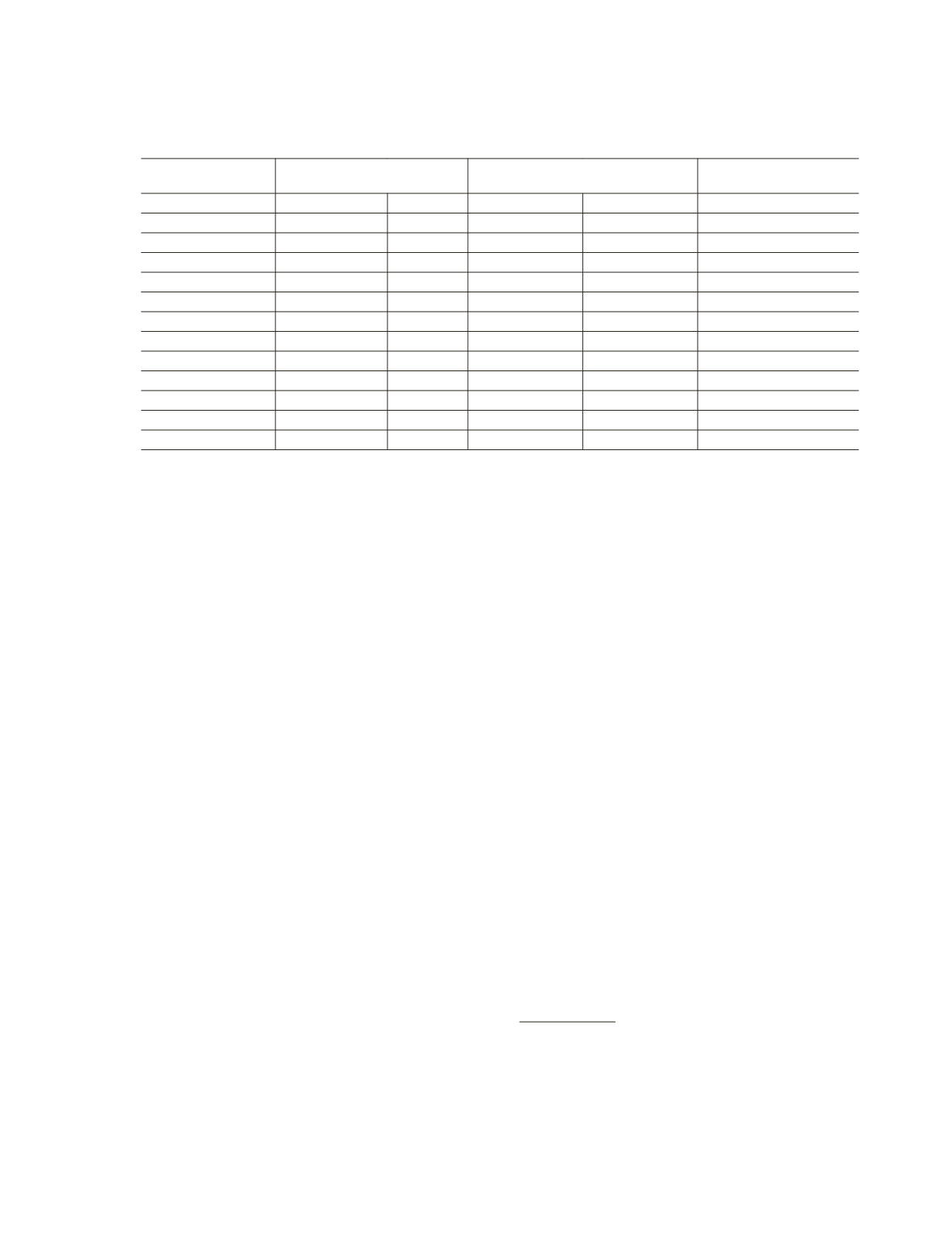

INEQUALITY IN EUROPE: UNEQUAL TRENDS
79
and 2014, as measured by the quintile share ra-
tio S80/S20, but this growth took place after
2008. In the countries with a positive develop-
ment (upper part of Table 4), there was an im-
provement until 2008, while those countries
whose inequality increased, went through it
especially after 2008 (with the exception of
Germany, whose inequality grew until 2008 due
to the “agenda” policy). Otherwise, the growth
phase until the crisis showed a decreasing ine-
quality in total, which tended to increase after-
wards.
The highest growth (by 1.3) appeared in
Spain and Germany; corresponding, in Germany,
to an increase of 34.2 %; in Spain, of 23.6 %
compared to the values in 2005 (Germany: from
3.8 to 5.1; Spain: from 5.5 to 6.8). If we meas-
ure the percentage growth since 2005, Germany
becomes the EU front runner, even if many
countries have a higher inequality level. The
strongest raises appear in the Scandinavian
countries as well as in the crisis countries Greece
and Cyprus (since 2008). Poland shows the
most successful reduction of inequality.
Table 4
presents a detailed overview.
Remark: no 2005 data available for the lat-
est accession countries Bulgaria, Romania and
Croatia.
All inequality values studied up to now refer
to disposable income, that is, after tax and
transfers (as household income normally con-
verted to equivalised income
6
). The inequality
amongst the “pure” market income is clearly
higher. Income distribution is affected by social
expenditure and the system of taxes and fees
which finances said expenditure. The following
Table 5
shows the income distribution based on
OECD data –measured with the Gini coeffi-
cient– before and after the redistribution due to
tax and transfers. Countries are arranged in as-
cending order according to their level of ine-
quality after the redistribution. The distribution
of the market income (before the redistribution)
is clearly more uneven than the distribution of
the disposable income (after the redistribution).
6
It implies an emphasis on the people in the household,
in order to calculate the effect on prosperity of shared flats
and expensive consumer goods like cars, fridges, washing
machines, etc.
Table 3.
Development of the Gini coefficient in selected EU countries
Country
Gini in the base
year
Gini the latest available year
Change in %
Belgium
1983
0.257
2011
0.264
2.7
Denmark
1985
0.221
2012
0.251
13.6
Germany
1985
0.251
2012
0.291
15.9
Finland
1987
0.209
2013
0.262
25.4
France
1984
0.3
2012
0.306
2.0
Greece
1986
0.352
2012
0.338
-4.0
Italy
1984
0.291
2012
0.325
11.7
Luxemburg
1986
0.247
2012
0.299
21.1
Netherlands
1985
0.272
2013
0.278
2.2
Sweden
1983
0.198
2012
0.274
38.4
Czech Republic
1992
0.232
2012
0.251
8.2
Hungary
1991
0.273
2013
0.288
5.5
United Kingdom
1985
0.309
2011
0.344
11.3
Source:
OECD; author’s calculations.



















